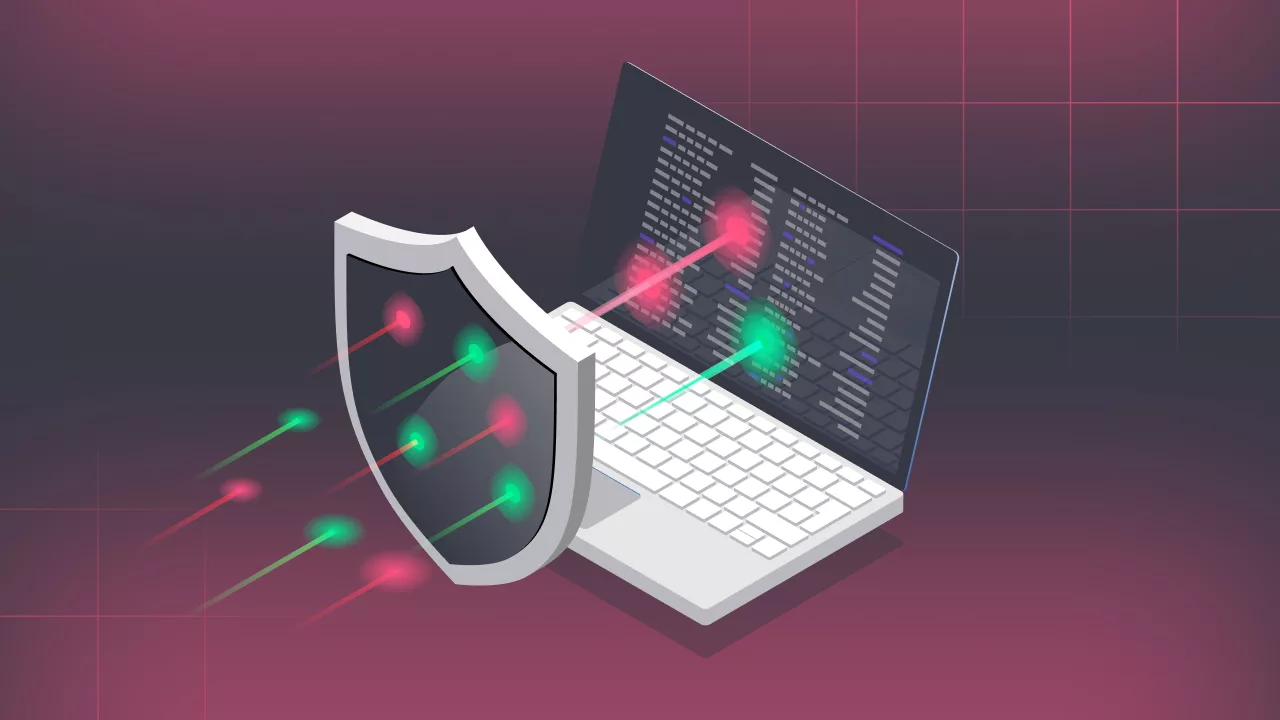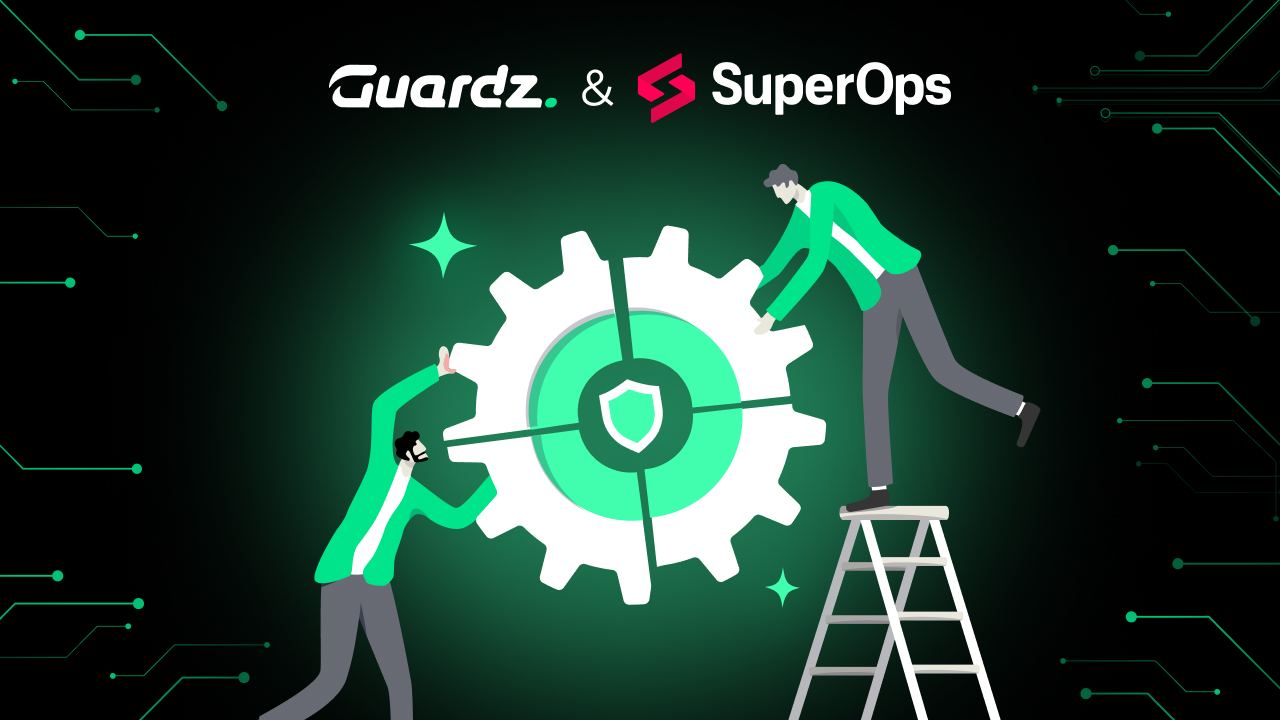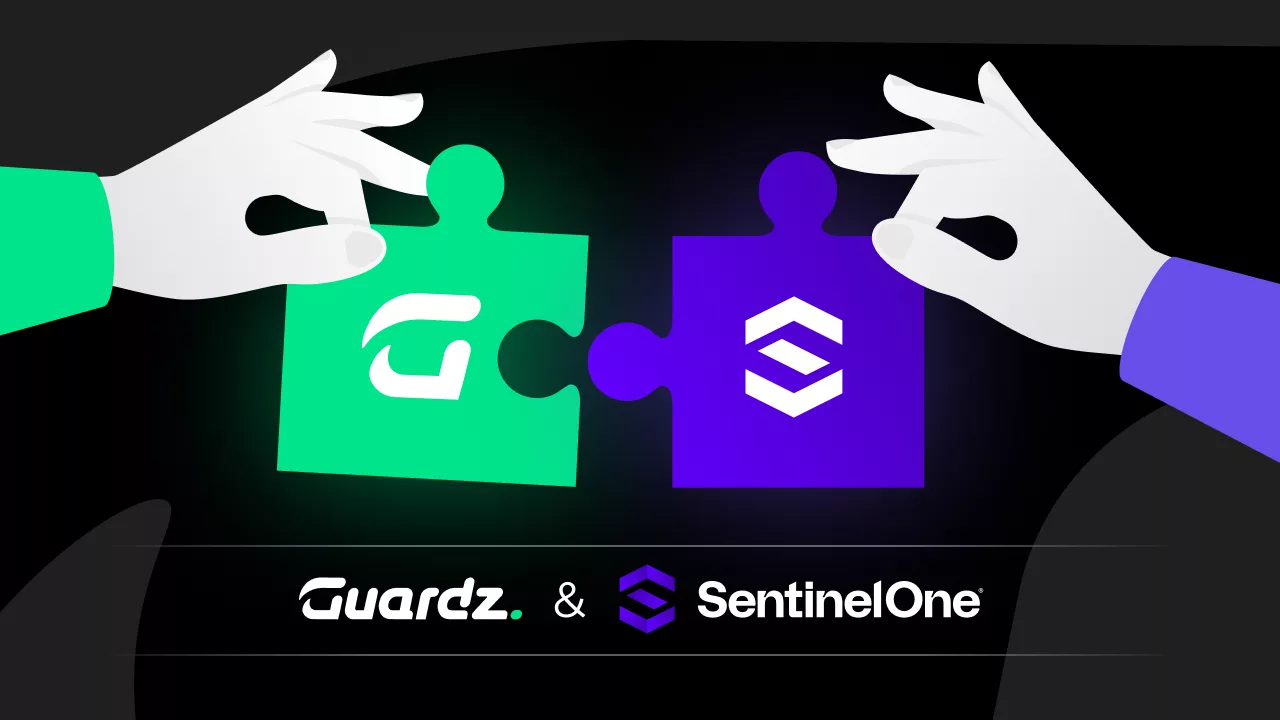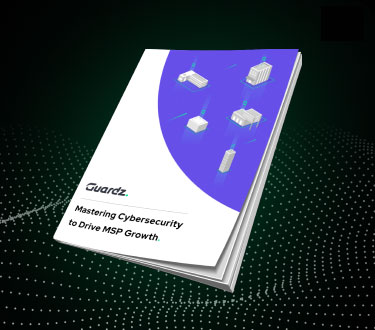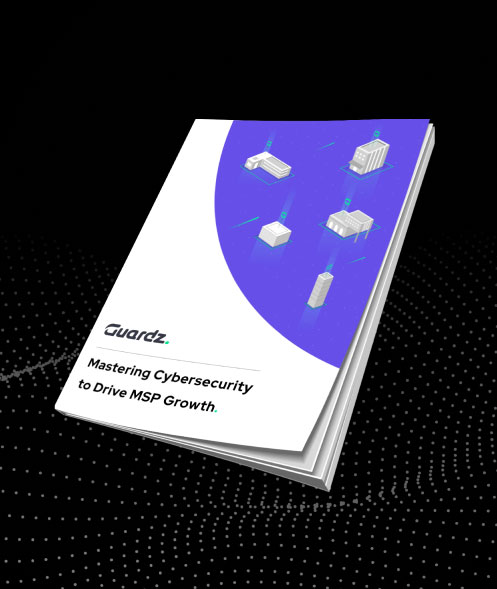Ransomware attacks hit 66% of businesses last year, extorting more than $939 million from its victims. These surges in attacks, combined with the new threats posed by generative AI, migration to the cloud, and increased reliance on third-party services, have caused businesses to become more mindful of their data security and, therefore, proactively meet growing compliance requirements to keep their organizations safe.
A Brief Overview of Cybersecurity Compliance
After penetration and red team testing were no longer sufficient to ensure the security of computer systems, the government decided to establish its own process for cybersecurity in its own software and services. The first appearance of these governmental regulations related to cybersecurity appeared in the 1980s and 90s, with the development of the internet and networks. The Trusted Computer System Evaluation Criteria (TCSEC), or the Orange Book, was only required for governmental software and services. Although extremely secure, the rigorous requirements were too expensive and time-consuming to be practical and ultimately replaced by what became known as the Common Criteria.
The Importance of Compliance in Cybersecurity
As digital technology evolved and data became a critical component of many software services and applications, businesses sought more ways to secure their data. These methods include implementing different security controls to protect customer data along with data protection and privacy and continuous monitoring to identify any anomalous user behavior that might be an early warning of an attack.
Key benefits of cybersecurity compliance include:
- Strengthening of your brand and reputation. Many companies look to only enter relationships with businesses that meet specific compliance requirements as they are more assured that businesses with cybersecurity best practices in place are more prepared in the event of an attack or breach.
- Mitigating damage in the event of an attack. Most businesses will face an attack at some point, but having an incident response and recovery plan in place helps ensure business continuity and prevent the damage from spreading.
- Avoiding fees and penalties. Regulatory fines for data breaches can range from a few hundred dollars to several thousand for every month the company continues to fail to meet compliance.
7 Main Cybersecurity Compliance Regulations and Standards
Beyond the looming threat of ransomware, businesses are still at risk of phishing malware attacks, as well as unauthorized access to their data from both malicious insider attacks and human error, such as misconfigurations, unintentional data sharing, and excessive permissions. Businesses must work harder to protect their customer data from various attack vectors. Consequently, many businesses look to various cybersecurity regulatory compliance standards, frameworks, and guidelines they adhere to in order to combat these different threats.
These regulations and standards include:
- HIPAA. The Health Insurance Portability and Accountability Act requires healthcare organizations to put practices in place to safeguard both personally identifiable data (PII) and electronic personal health information (PHI).
- PCI DSS. The Payment Card Industry Data Security Standard, or PCI DSS, was developed with the goal of protecting the payment data of cardholders from fraud, data breaches, and unauthorized use of cardholder data. The regulation is relevant for businesses of all sizes that generate, process, and store cardholder data, regardless of the volume of the transactions.
- GDPR. Data protection laws, such as the General Data Protection Regulation in Europe, require companies to ask customers for permission to use their data and allow them to erase their personal data under certain circumstances. It also requires companies to report data breaches that impact customers 72 hours after they occur and potentially incur significant fines.
- NIST Cybersecurity Framework. The National Institute of Standards and Technology (NIST) Cybersecurity Framework (CSF) is a voluntary set of standards widely adopted by businesses to improve risk management and strengthen their cybersecurity posture. It includes six core components: Govern, Identify, Protect, Detect, Respond, and Recover.
- FTC Safeguards Rule. The Federal Trade Commission’s FTC Safeguards Rule was originally to safeguard customer data of financial institutions, but it was recently expanded to include any business that transfers money to and from its customers. Compliance includes appointing a qualified security person to implement the business’ information security program, conducting regular risk assessments, putting employee awareness programs in place, and continuous monitoring of third-party service providers.
- ISO 27001 and ISO 27002. This ISO certification sets the international standard for cybersecurity management, including both internal and third-party processes. Many companies rely on this certificate to demonstrate to their board, employees, partners, shareholders, and customers that they have a serious cybersecurity policy in place.
- SOC2. Service Organization Control (SOC) Type 2 is a cybersecurity framework targeted to companies in the financial sector. It is more rigorous than other types of compliance and cybersecurity standards and includes an auditing process from a qualified CPA, with the goal of strengthening the business’ visibility and monitoring, protection against unauthorized access, and evaluation of third-party risk management.
Protect MSP Client Data and Meet Cybersecurity Compliance with Guardz
Although crucial, achieving cybersecurity compliance does not promise complete protection. By adopting Guardz, a consolidated cybersecurity platform, MSPs are not only providing a holistic protection solution with real-time and automated threat detection and response across users’ data, devices, emails, and cloud directories, but they are also facilitating their path toward cybersecurity compliance. Additionally, Guardz provides cyber insurance to support MSPs to maintain business continuity and diminish financial risks for their clients in the event of an attack.
- Share On:


